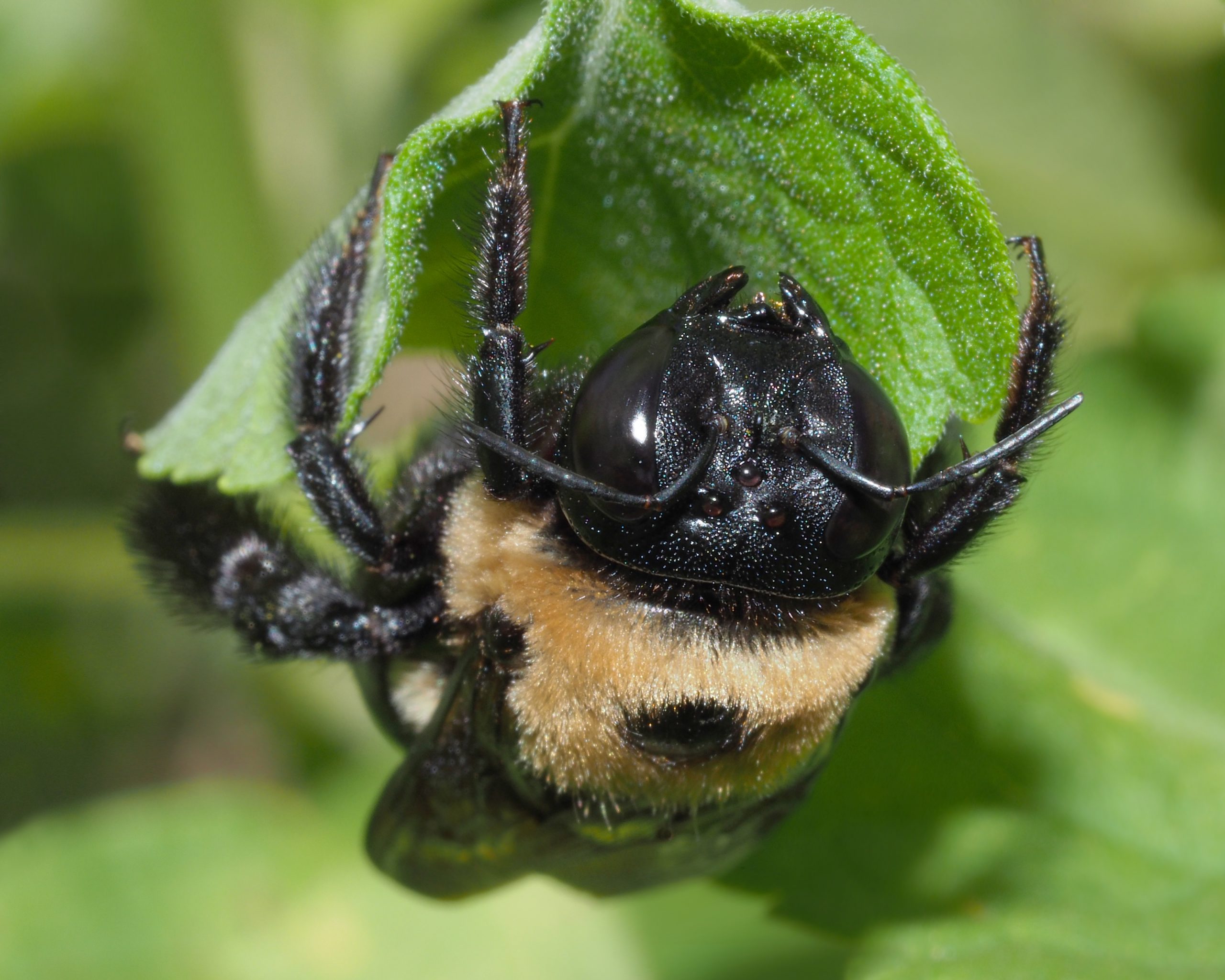Greatest Threat to Wild Bees May Be Honeybees
August 17, 2016
Bee Colony Collapse, Honey Bees, Honey Industry
With awareness growing for colony collapse disorder (CCD) and declining honeybee populations, the safe assumption would be that great efforts have been made in saving bees and preventing the loss of one of our most important pollinators. However, according to the word of some in the field, the exponential growth in the number of beekeepers could mean trouble for other pollinators, specifically the 4,000 wild bee species native to North America (which doesn’t actually include honeybees) and the 25,000 global varieties. While the belief is that wild bees cannot be accurately counted, one Swedish study might suggest the negative effect honeybees can have on wild bee populations.
The study, published in the journal Basic and Applied Biology, by several Swedish biologists including a Dr. Herbertsson discovered that in locations where forage is at a premium, honeybees tend to muscle out bumblebees, which could have serious consequences if more beekeepers significantly increase honeybee populations. European honeybees, the most common commercial bees in the US, currently make up about 2.7 million US hives (more today than 20 years ago), each of which contain about 80,000 bees. This means the total number of bees equates to hundreds of billions—which doesn’t even include the rest of the world’s 80 million hives. That is one trillion honeybees in the entire world, and their numbers have been growing dramatically since the UN began keeping track in the 1960s.
Because of honeybees’ special preference, wild bees could be at risk. In Dr. Herbertsson’s study, the researchers set up 19 sites to see what occurs when honeybees are introduced to areas with either one type of forage or areas with variety. They counted the honeybee and bumblebee densities at each site, and according to the study, bumblebee numbers dropped by up to 81 percent after the honeybees were introduced. “This either reflects a direct negative effect on bumblebee populations through reduced colony growth or that bumblebees avoid foraging in areas with high honeybee densities because of food depletion or interference,” Herbertsson said.
Reduction appeared to depend on bumblebees native to the area and available forage. Specifically, honeybees have short tongues compared to bumblebees, and when honeybees move in and take all the nectar from open flowers, bumblebees with longer tongues can survive by drinking from deeper flowers honeybees cannot reach. Shorter-tongued bumblebees, however, are restricted to what Herbertsson calls the “less profitable parts of the flower patch.”
Depending on the circumstances, one type of bee has the potential to force other wild bees out. Admittedly, this study was meant to be a first look at this question and not necessarily a comprehensive treatment of the subject, meaning that, “Because of the low number of species and individuals, our results should be interpreted with caution.” Despite its limitations, the study demonstrates that nature doesn’t necessarily play favorites the way human beings do. The greatest threat isn’t that one species may go extinct at the expense of another—it is that too much meddling could cause imbalance without actually helping.


.jpg)




